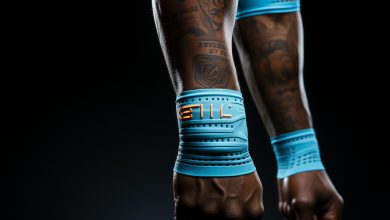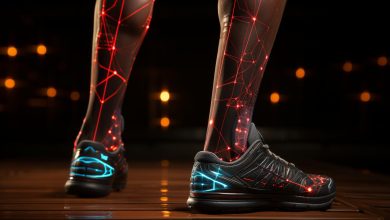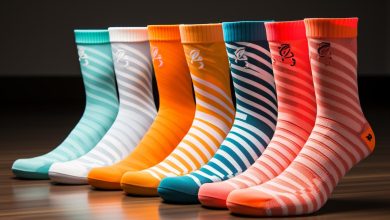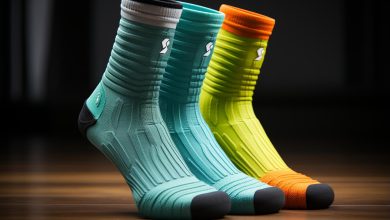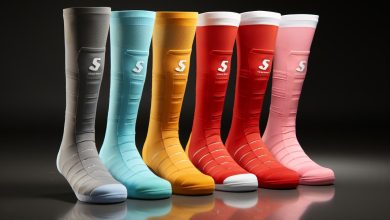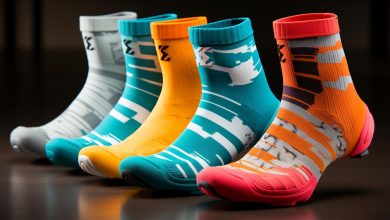Preventing Blisters: Tips for Proper Sock Selection
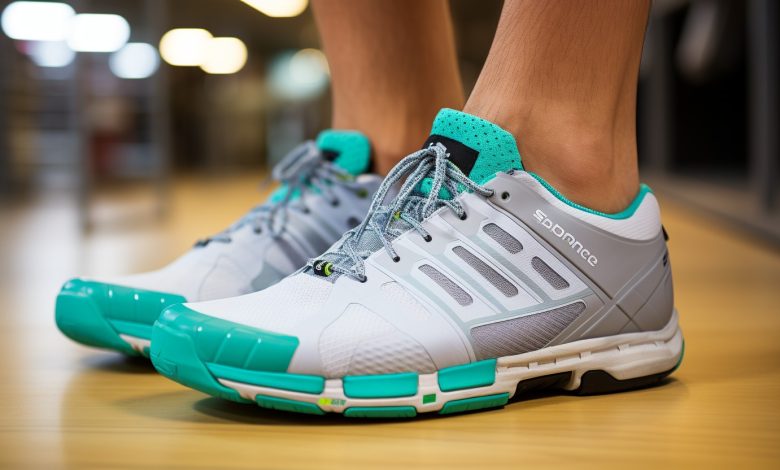
Do you ever feel like your socks are conspiring against you, causing those painful blisters on your feet? Well, fear not! In this article, we will equip you with the knowledge to prevent blisters through proper sock selection.
By understanding the role of sock material, considering cushioning and thickness, finding the perfect fit, and prioritizing moisture-wicking and breathability, you can bid farewell to those pesky blisters once and for all.
So lace up your shoes and let’s dive in!
Understanding the Role of Sock Material
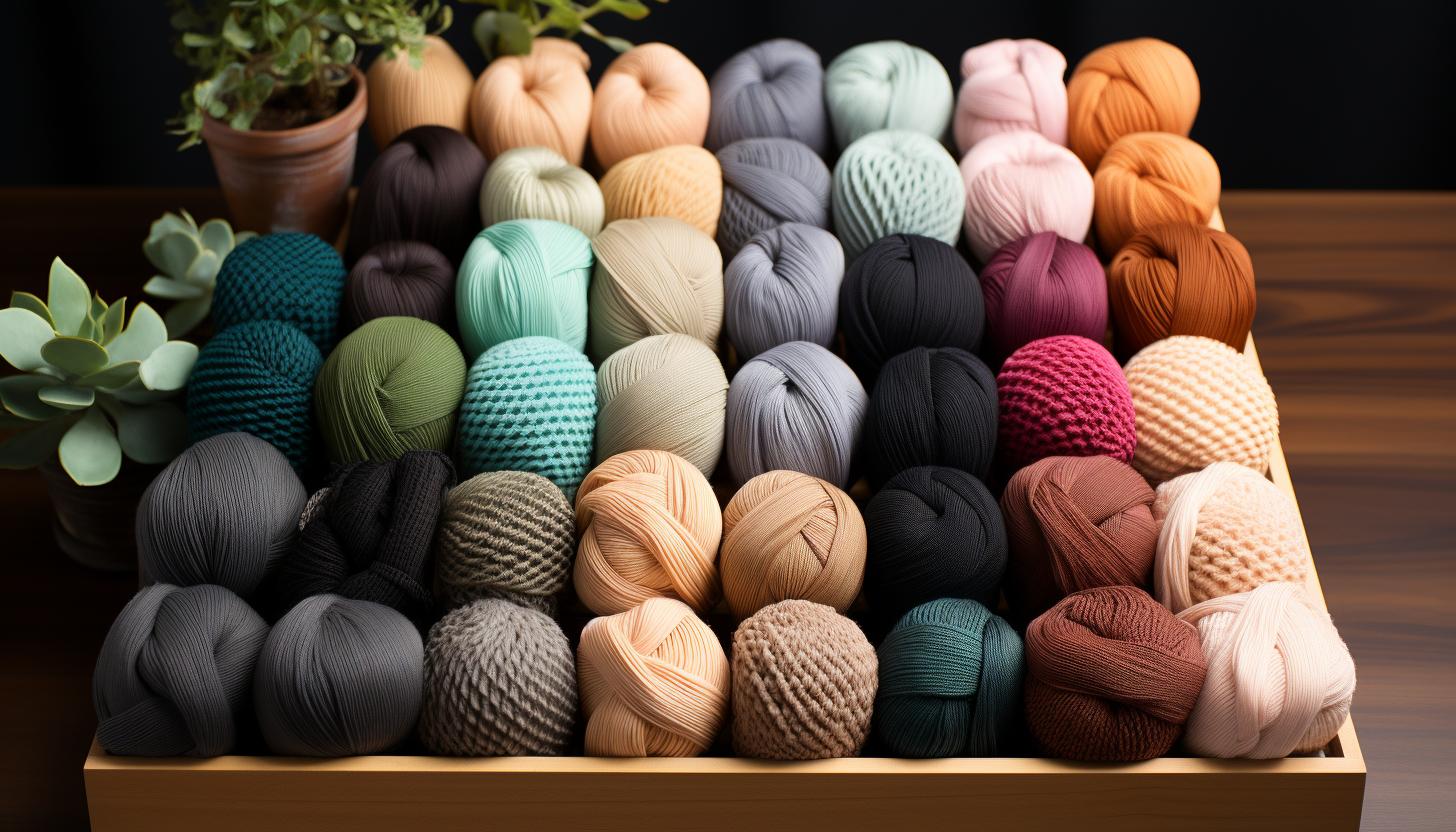
Understanding the role of sock material can help prevent blisters. When it comes to choosing the right socks, there are two important factors to consider: sock durability and sock seams.
Firstly, let’s talk about sock durability. The material of your socks plays a crucial role in preventing blisters. Opt for socks made from durable materials like merino wool or synthetic blends. These materials not only provide excellent moisture-wicking properties but also offer long-lasting comfort and protection against friction. Socks with good durability will be less prone to wear and tear, reducing the chances of developing blisters during physical activities.
Secondly, pay attention to the construction of sock seams. Smooth seams are essential in blister prevention because rough or bulky seams can rub against your skin and cause irritation. Look for socks with seamless construction or flat toe seams to minimize friction and maximize comfort. Seamless socks ensure that there are no unnecessary pressure points or rubbing areas that could lead to painful blisters.
Considerations for Sock Cushioning and Thickness
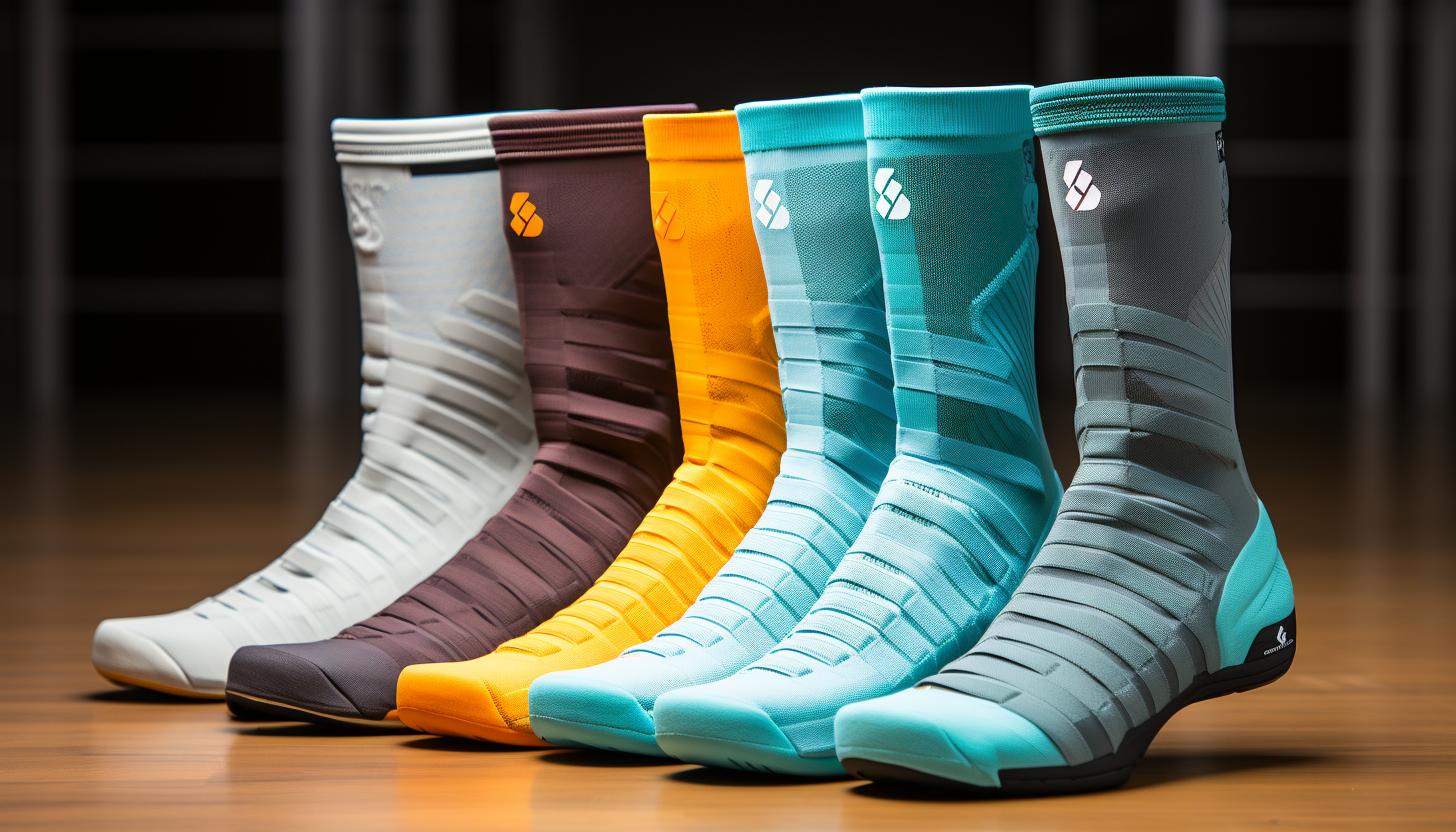
When choosing socks, it’s important to think about the level of cushioning and thickness. Sock padding plays a crucial role in preventing blisters during physical activities or long hours of standing. The right amount of cushioning helps absorb impact and reduces friction, which is one of the main causes of blisters. Look for socks with extra padding in areas that are prone to rubbing, such as the heel and ball of the foot.
Thicker socks also provide additional protection against blisters. They create a barrier between your skin and shoes, minimizing friction and reducing the chances of developing painful sores. However, keep in mind that excessively thick socks may not be suitable for all types of footwear or climates. Consider the activity you’ll be engaging in and choose sock thickness accordingly.
To find the perfect balance between cushioning and thickness, consider your personal preferences and needs. If you’re prone to getting blisters or engage in high-impact activities like running or hiking, opt for socks with moderate cushioning and slightly thicker material. On the other hand, if you prefer a more lightweight feel or engage in low-intensity activities like walking or yoga, thinner socks with minimal padding may suffice.
Remember that proper sock selection is just one aspect of blister prevention. It’s essential to combine it with good hygiene practices, well-fitting shoes, and regular foot care routines to keep your feet comfortable and blister-free.
Finding the Right Fit: Sock Size and Length
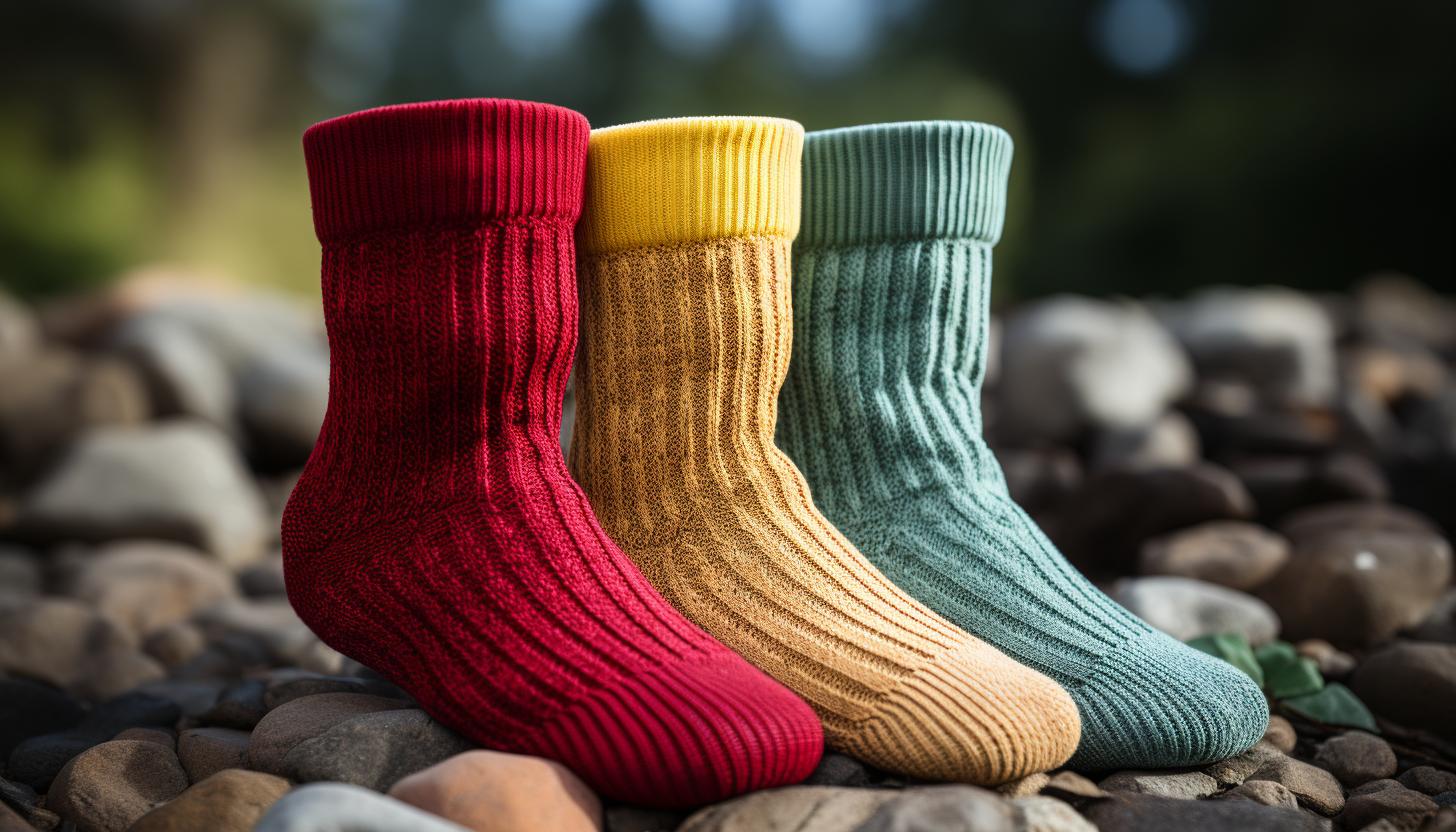
To ensure a comfortable fit, it’s important for you to find socks that are the right size and length for your feet. Wearing ill-fitting socks can lead to discomfort, blisters, and even foot injuries. Here are four key considerations when selecting the right sock size and length:
1. Proper sizing: Choose socks that correspond to your shoe size. Socks that are too tight will restrict circulation and cause discomfort, while socks that are too loose can bunch up and create friction.
2. Length matters: Consider the type of shoes you’ll be wearing with your socks. For athletic activities or running, opt for crew-length or knee-high socks to provide extra support and prevent chafing. For casual wear or shorter shoes, ankle-length or no-show socks might be more suitable.
3. Material selection: Look for breathable fabrics like cotton or moisture-wicking materials such as polyester blends to keep your feet dry and comfortable throughout the day.
4. Match sock color with outfit/style: While not essential for preventing blisters specifically, coordinating sock color with your outfit/style adds a touch of personal flair to your overall look.
Moisture-Wicking and Breathability: Key Sock Features

Moisture-wicking fabrics like polyester blends or breathable materials such as cotton are essential features to look for in socks. When it comes to sock construction, these features play a crucial role in keeping your feet dry and comfortable throughout the day.
Moisture-wicking fabrics work by pulling sweat away from your skin and towards the outer surface of the sock, where it can evaporate more easily. This helps to prevent excessive moisture buildup, which can lead to blisters and discomfort.
In addition to moisture-wicking properties, sock durability is another important factor to consider. Look for socks that are made with reinforced toe and heel areas, as these tend to be high-impact zones that experience the most wear and tear. Reinforced stitching along the seams can also contribute to a longer-lasting sock.
By choosing socks with moisture-wicking capabilities and durable construction, you can ensure that your feet stay dry, comfortable, and blister-free throughout the day.
Additional Tips for Preventing Blisters With Proper Sock Selection
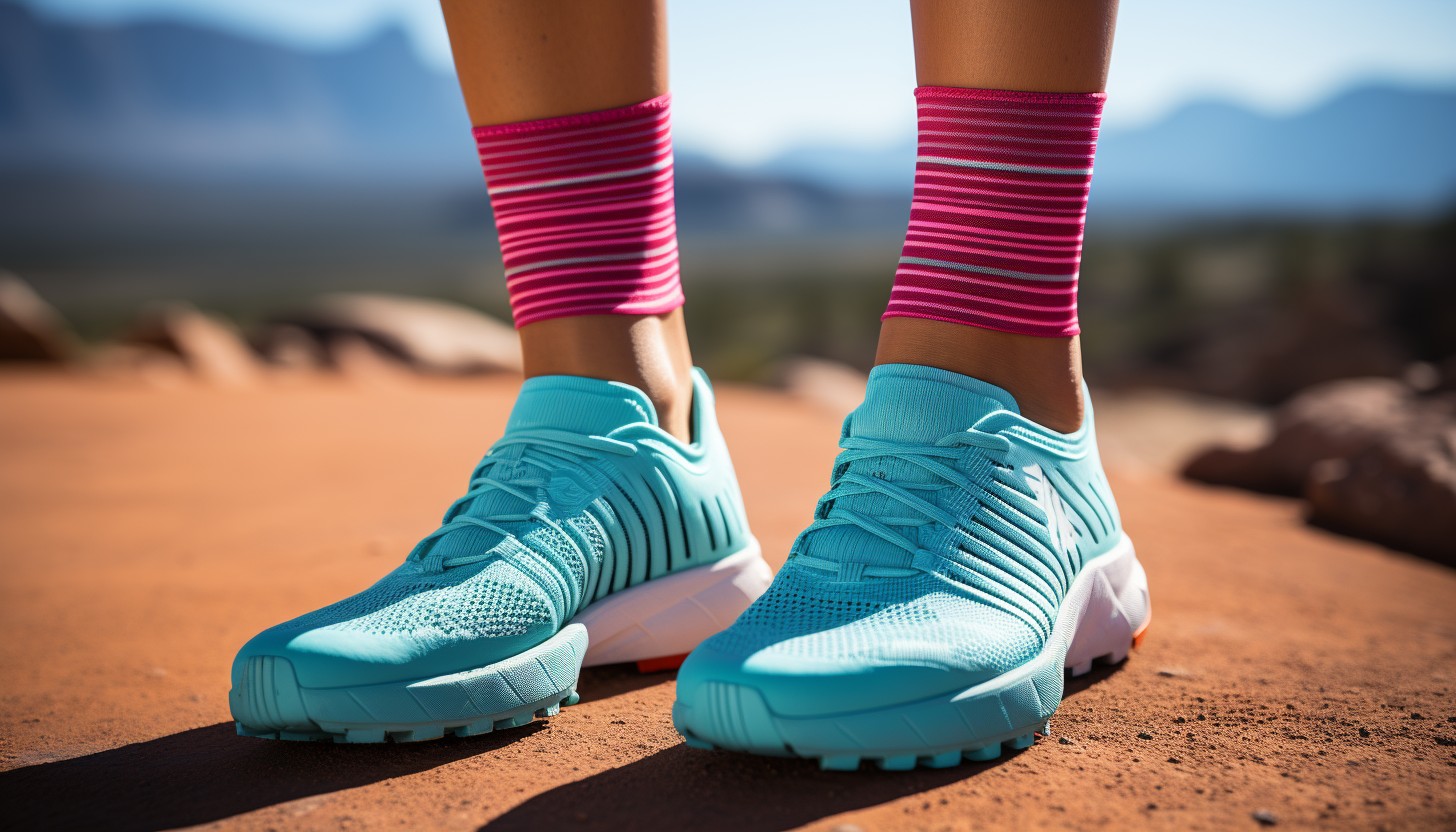
In order to avoid discomfort, it’s important to choose socks that have moisture-wicking properties and durable construction. This will help prevent blisters and keep your feet comfortable during any activity.
Here are some additional tips for preventing blisters with proper sock selection:
1. Opt for seamless socks: Seams can rub against your skin and cause friction, leading to blisters. Look for socks without seams or with flat seams to minimize this risk.
2. Choose the right size: Ill-fitting socks can bunch up or slide around inside your shoes, causing friction and hot spots that may lead to blisters. Make sure you select socks that fit snugly but not too tight.
3. Consider cushioning: Socks with extra padding in key areas like the heel and ball of the foot can provide added comfort and protection against blisters.
4. Practice good sock maintenance: Proper care of your socks is essential for preventing blisters. Wash them after each use using mild detergent, avoid using fabric softeners as they can reduce their moisture-wicking capabilities, and replace worn-out socks regularly.
Conclusion
In conclusion, selecting the right socks can make all the difference in preventing blisters and ensuring maximum comfort during any activity. Remember to choose socks made from moisture-wicking materials like merino wool or synthetic blends to keep your feet dry and blister-free.
Additionally, finding the perfect fit with the correct sock size and length is crucial. Interestingly, studies have shown that wearing properly fitted socks can reduce blister formation by up to 50%.
So don’t overlook the importance of proper sock selection for happy, healthy feet!

